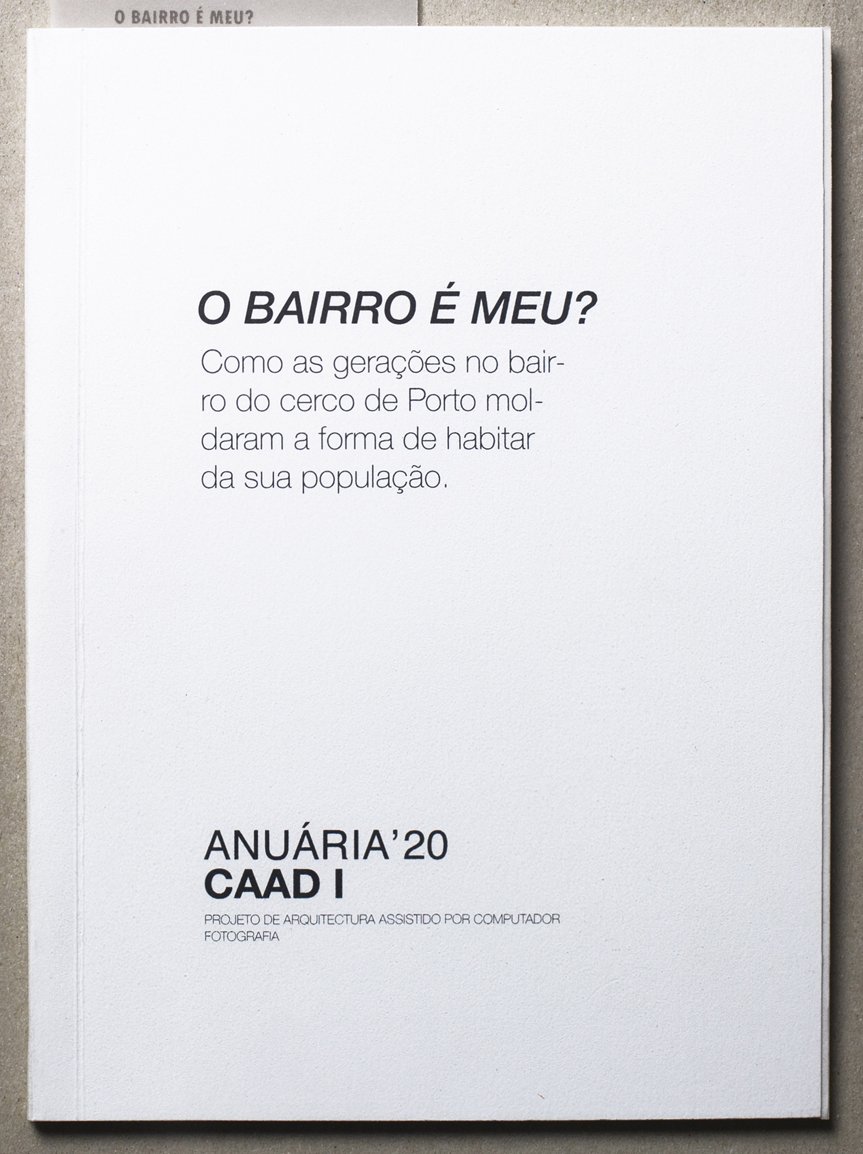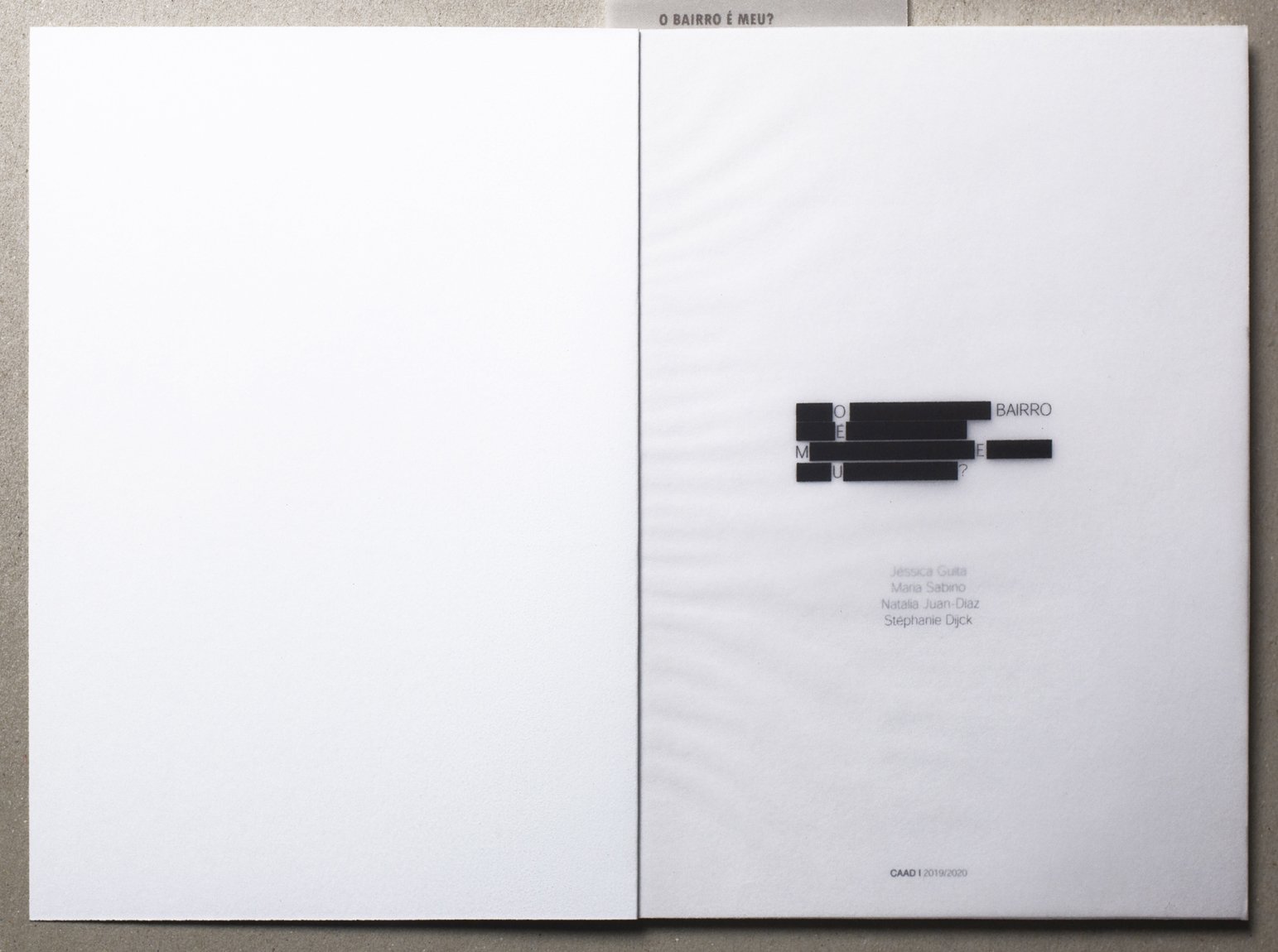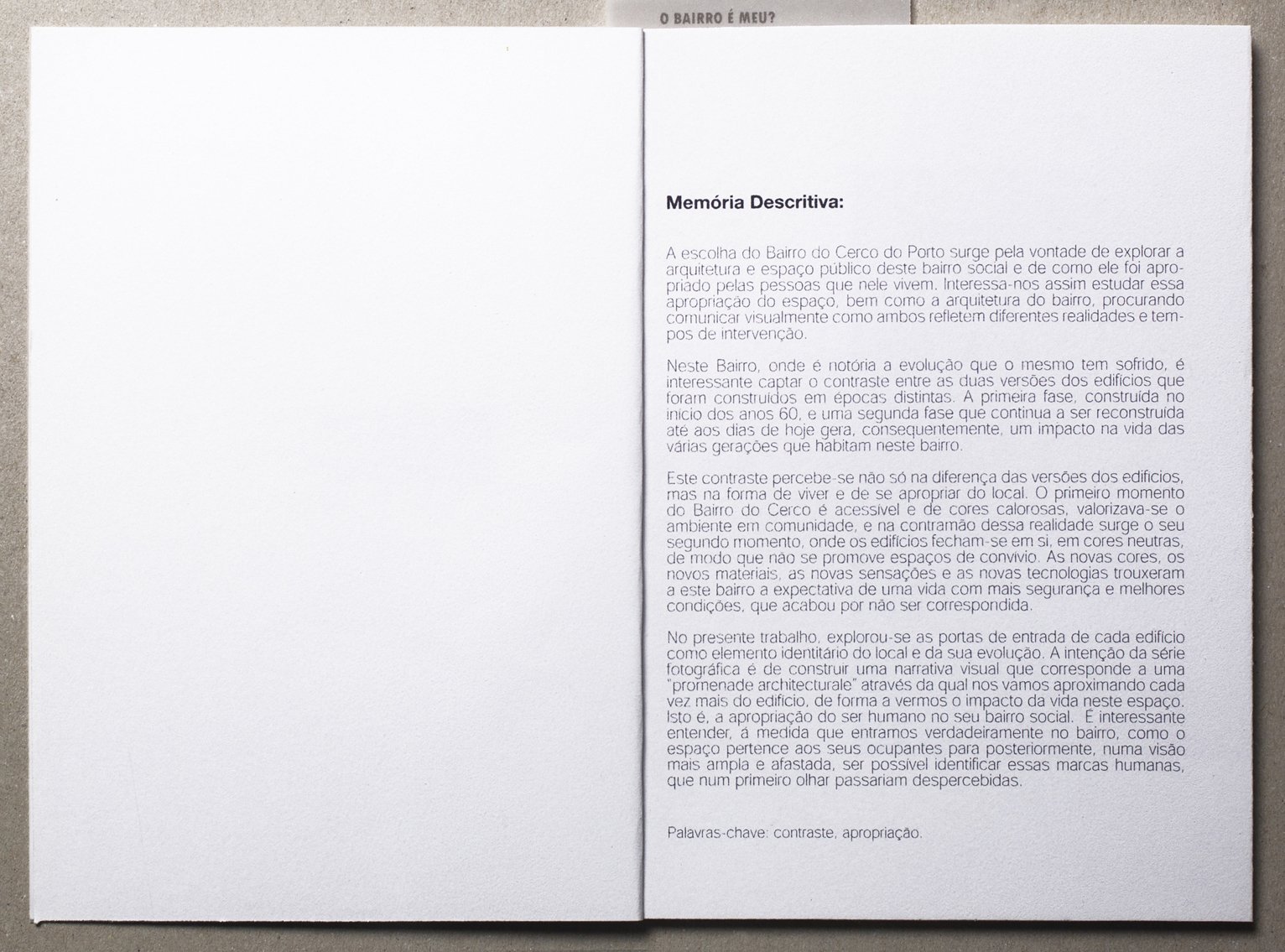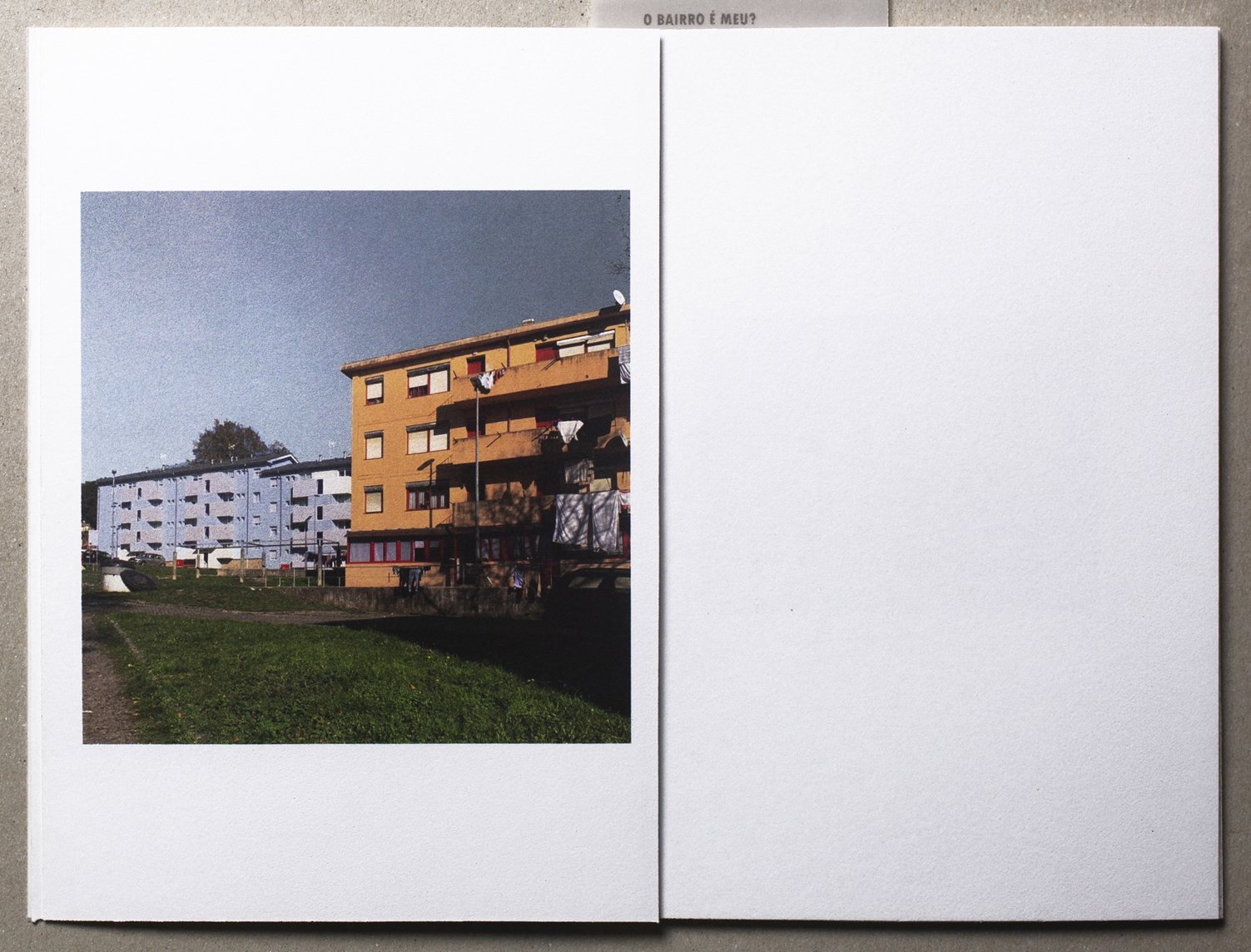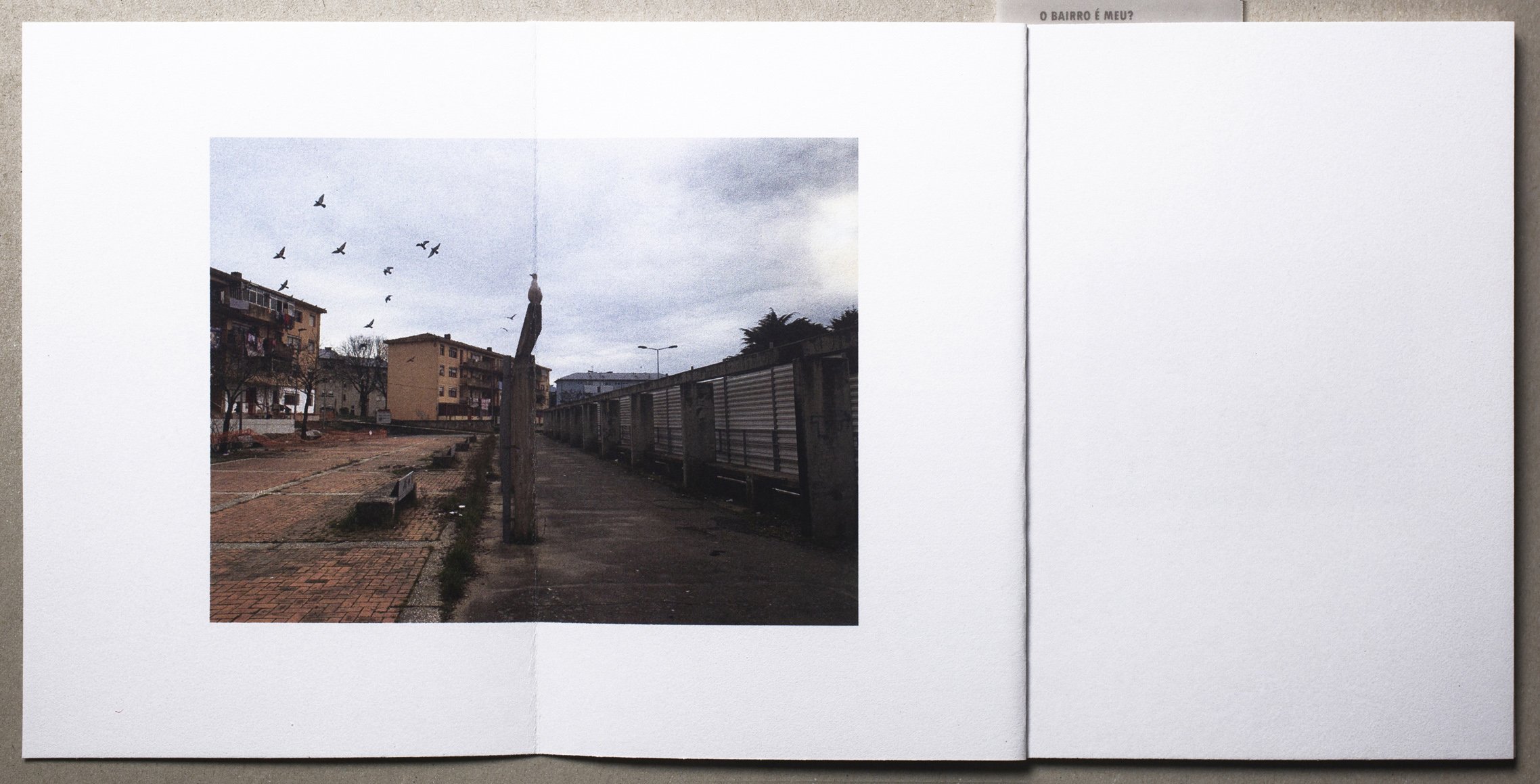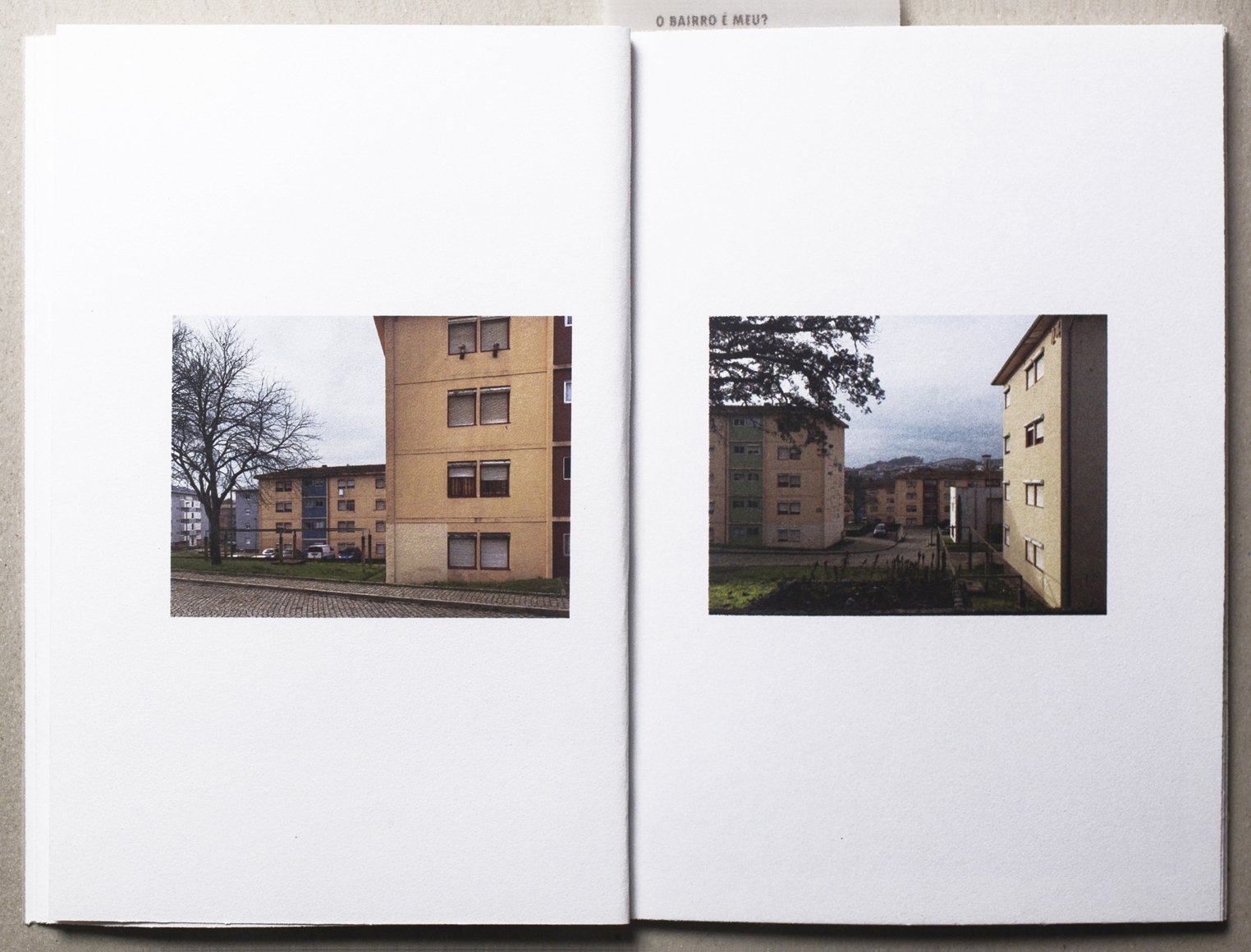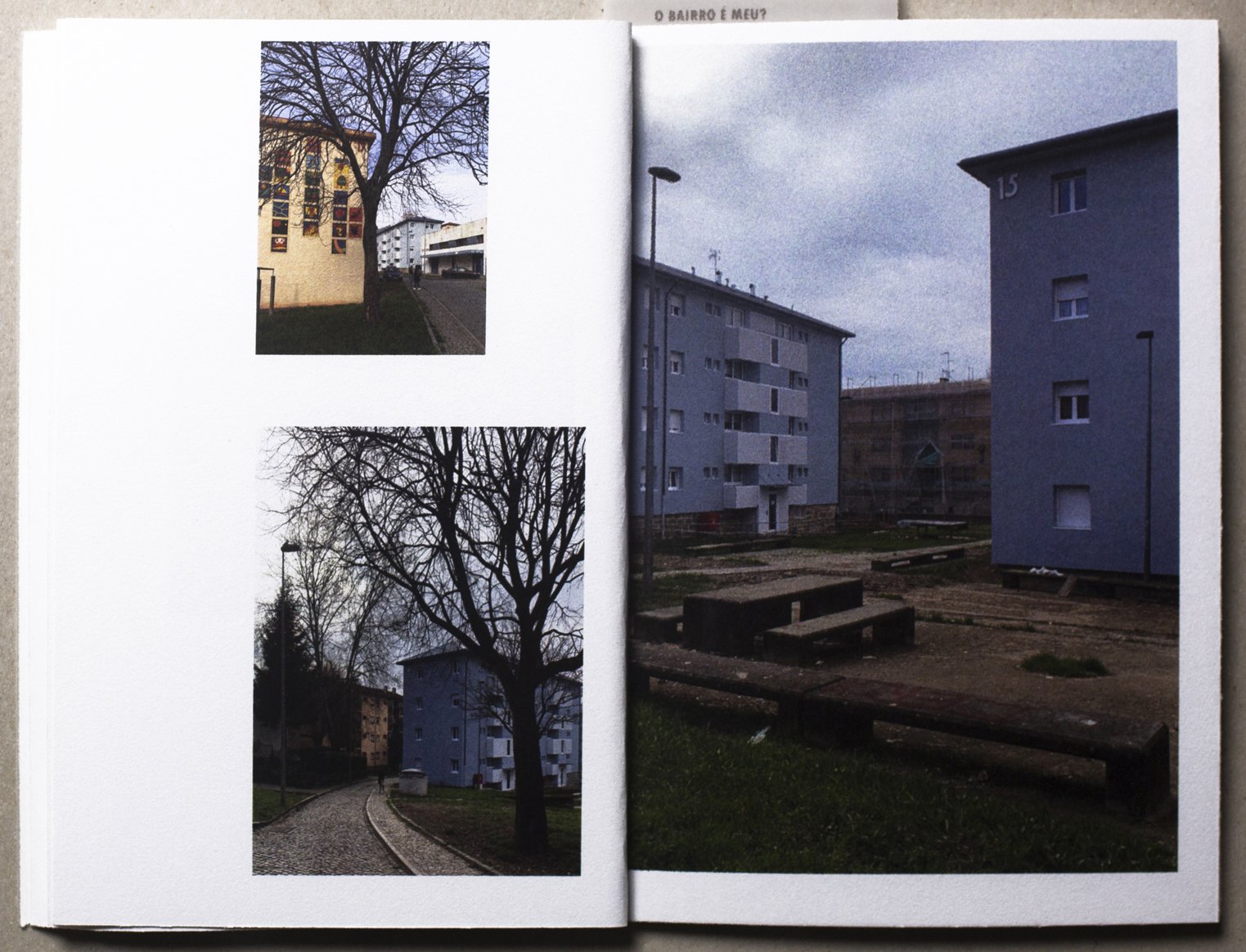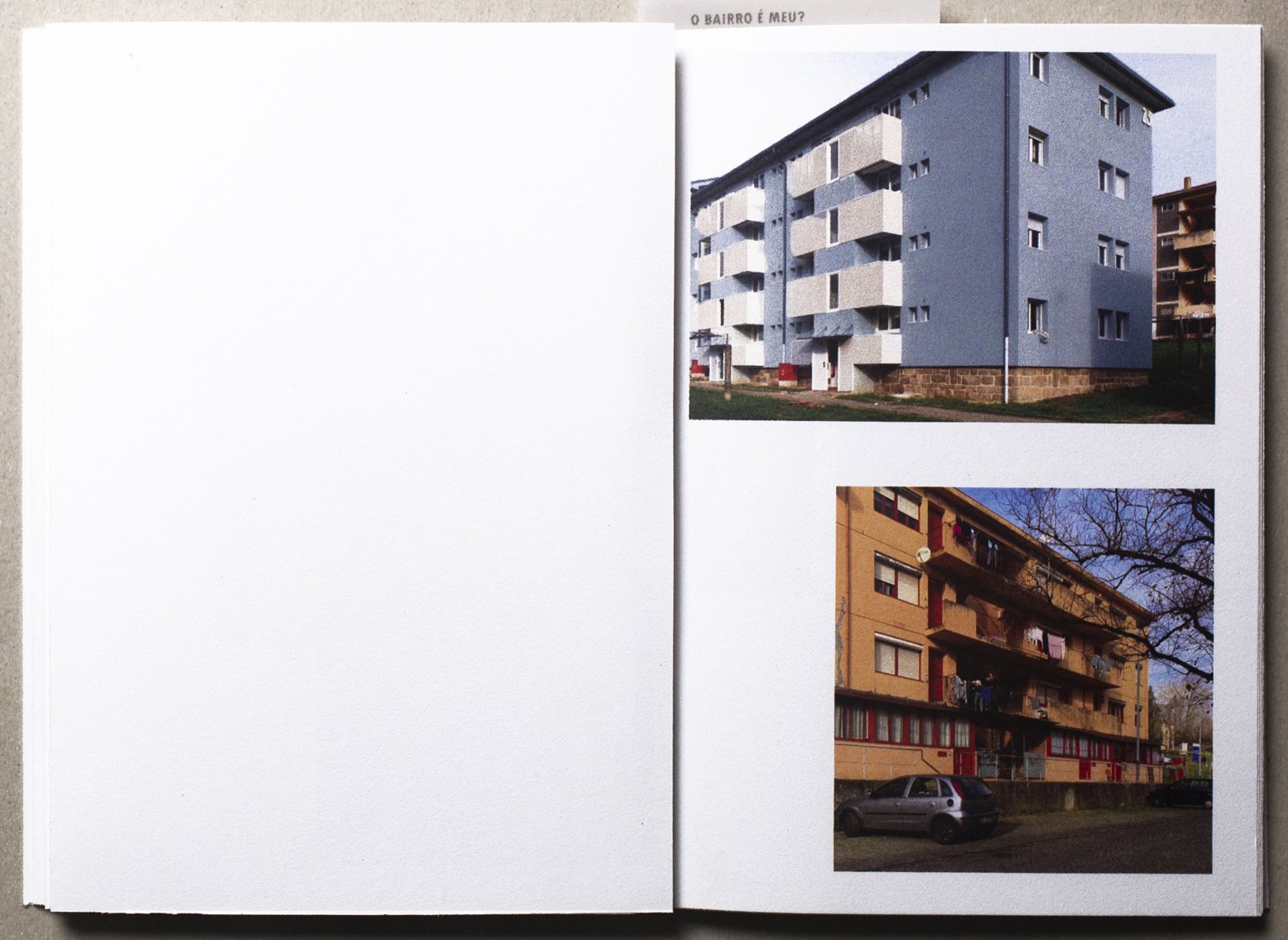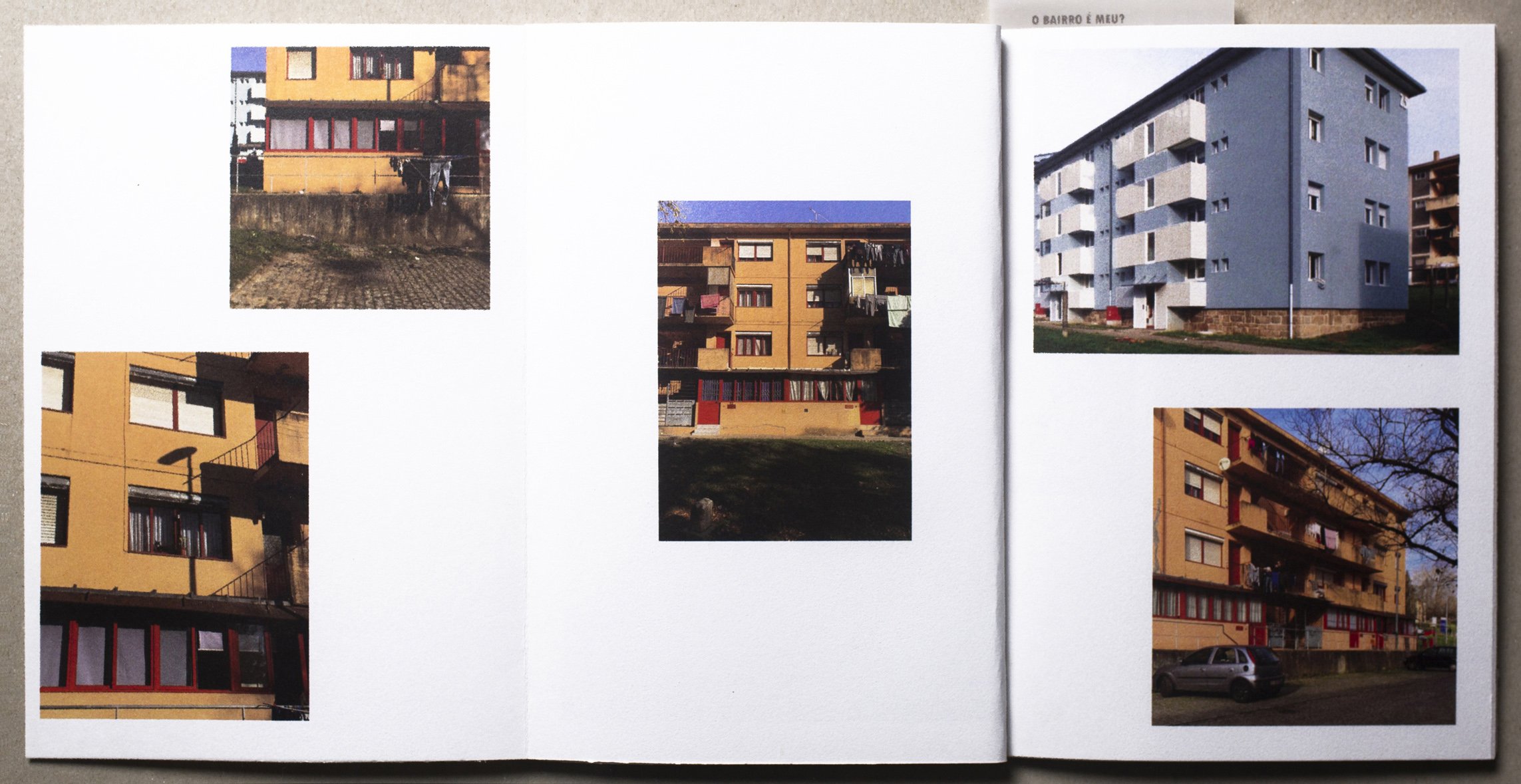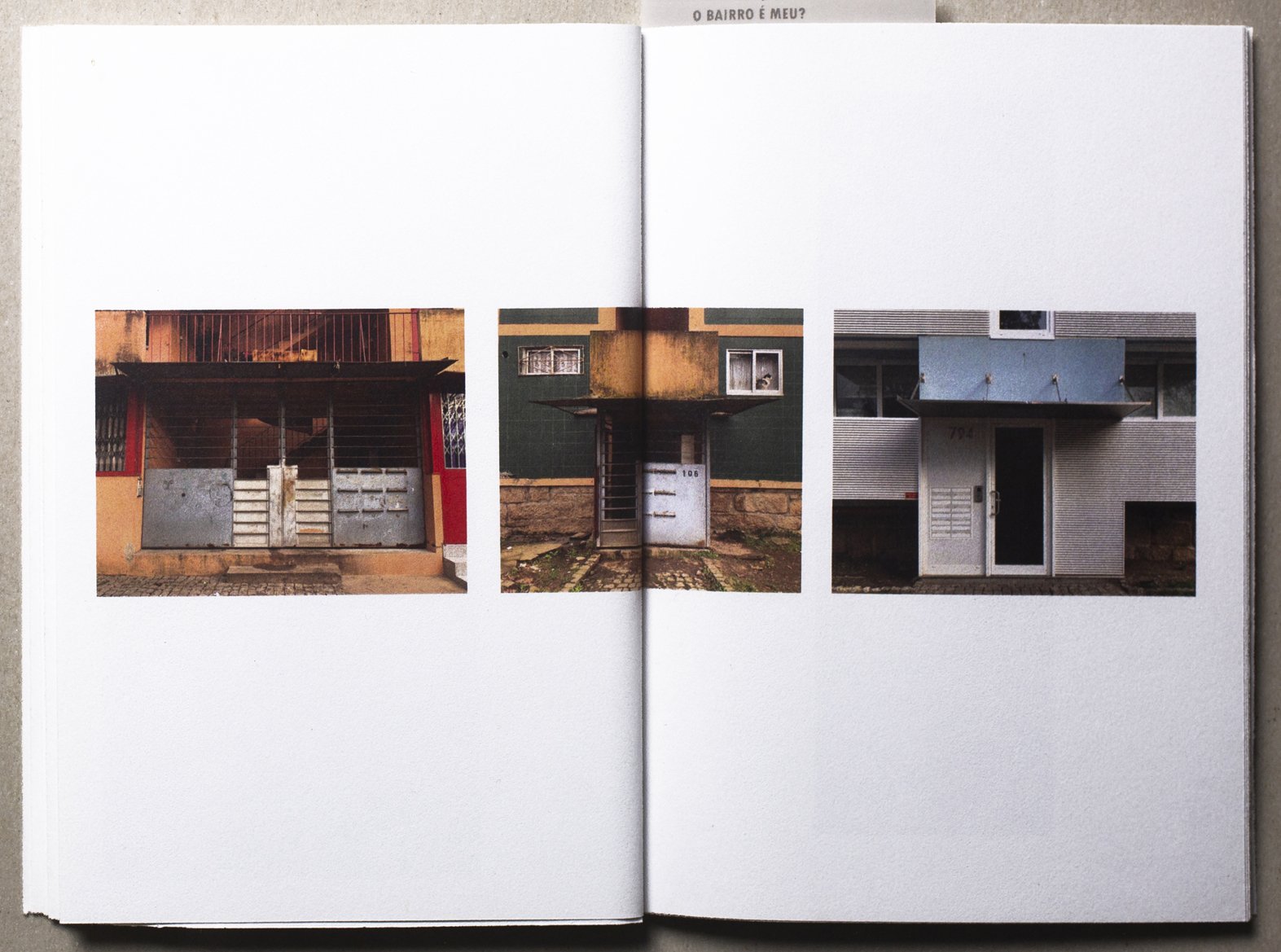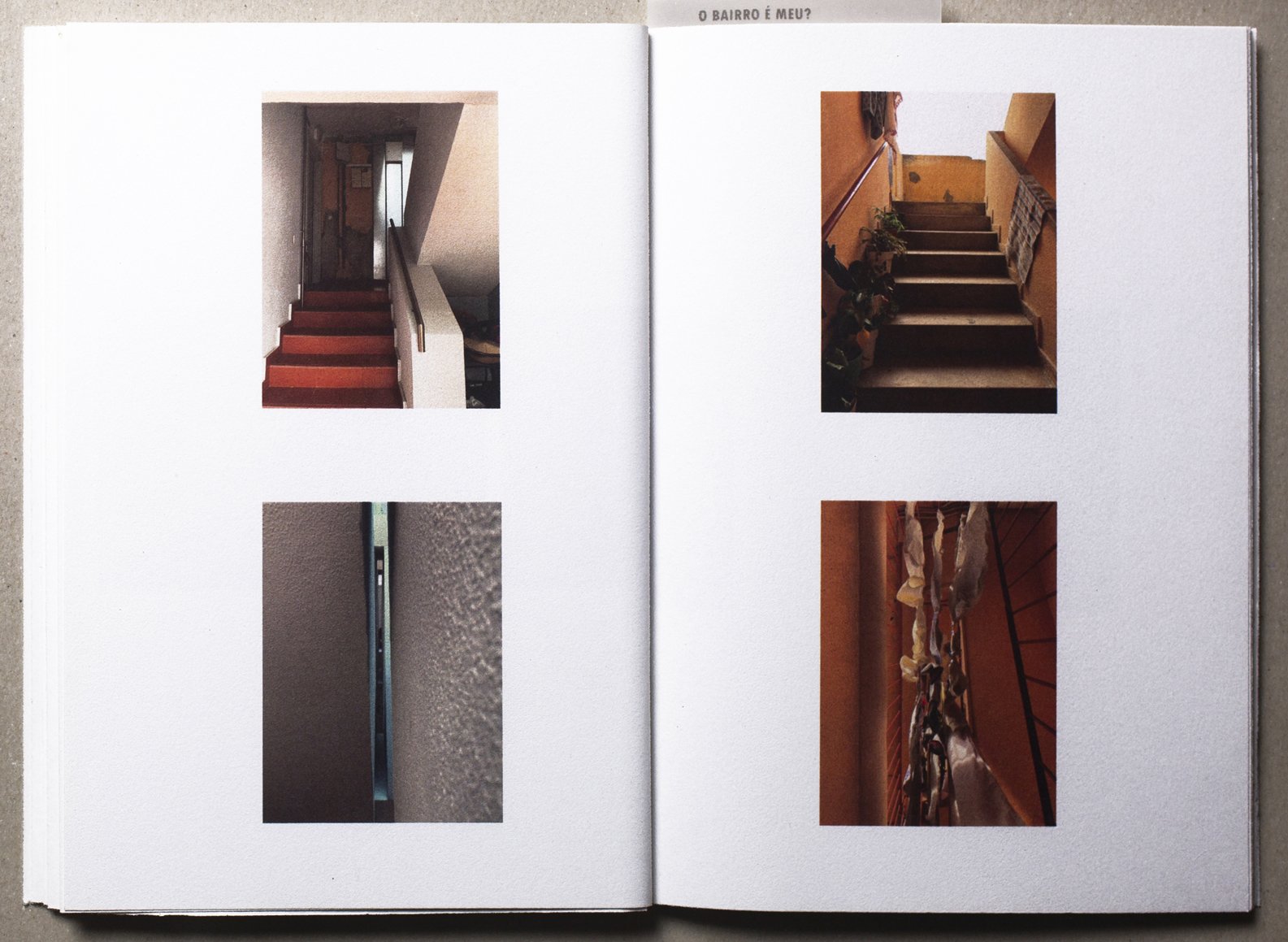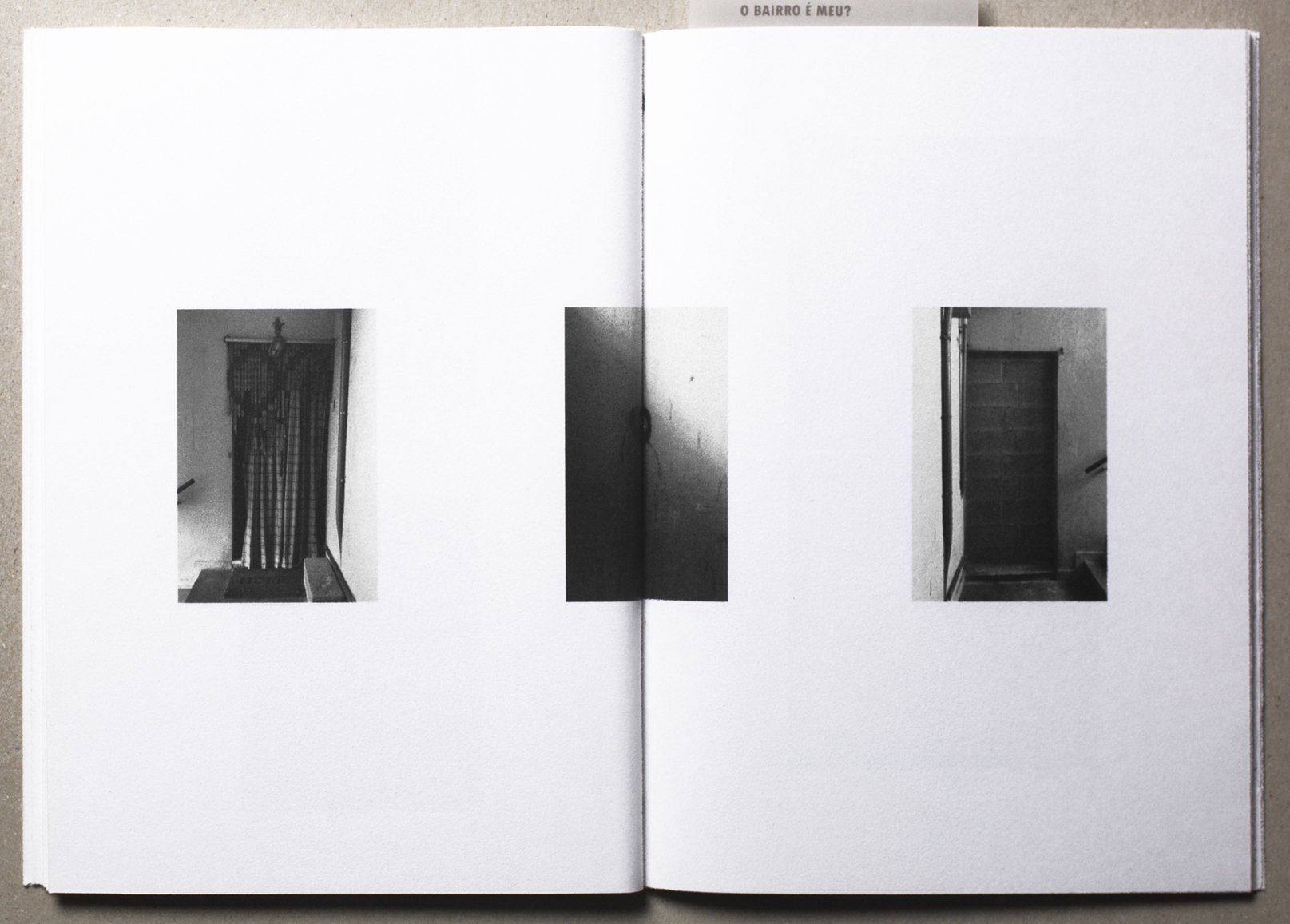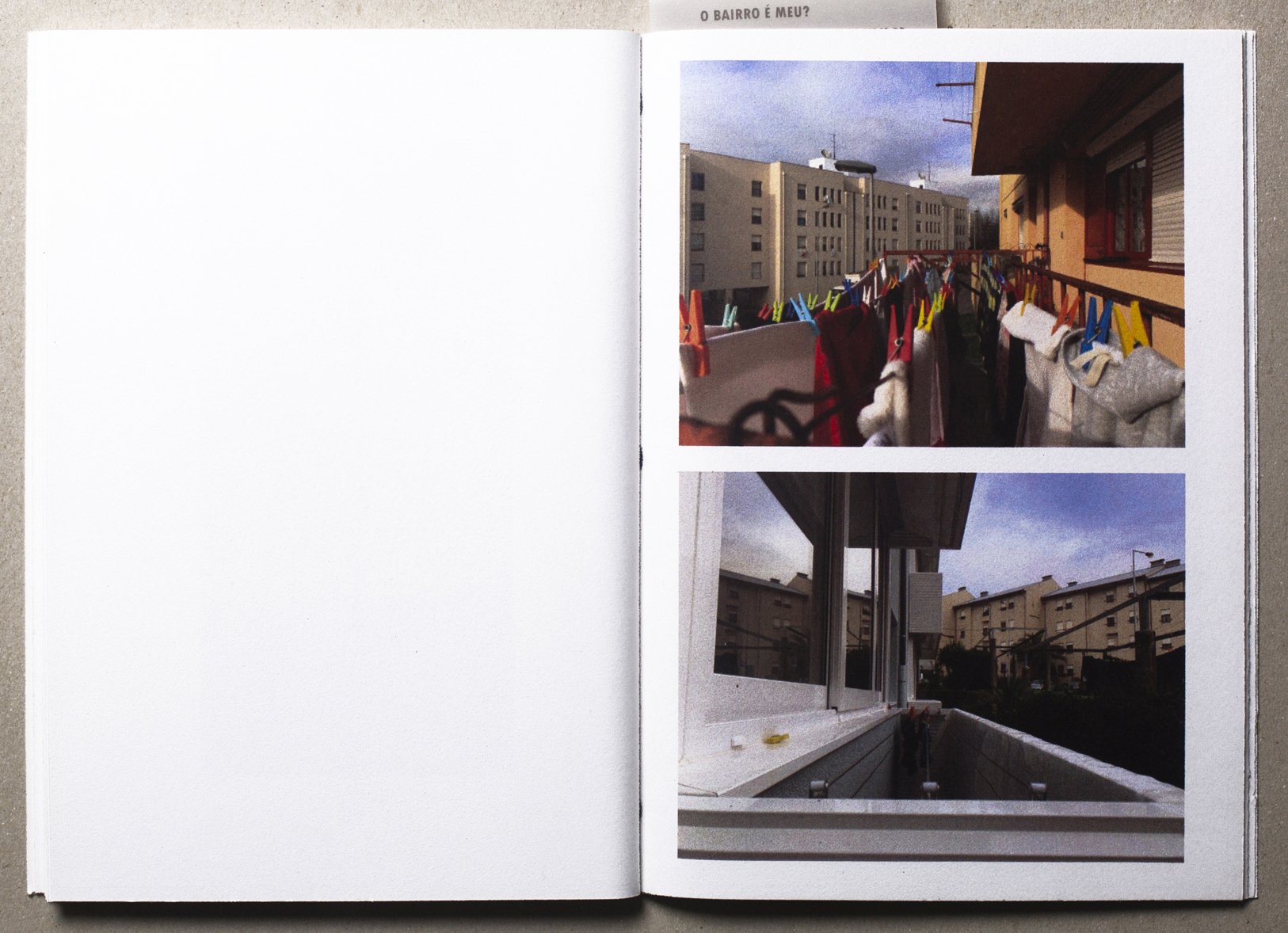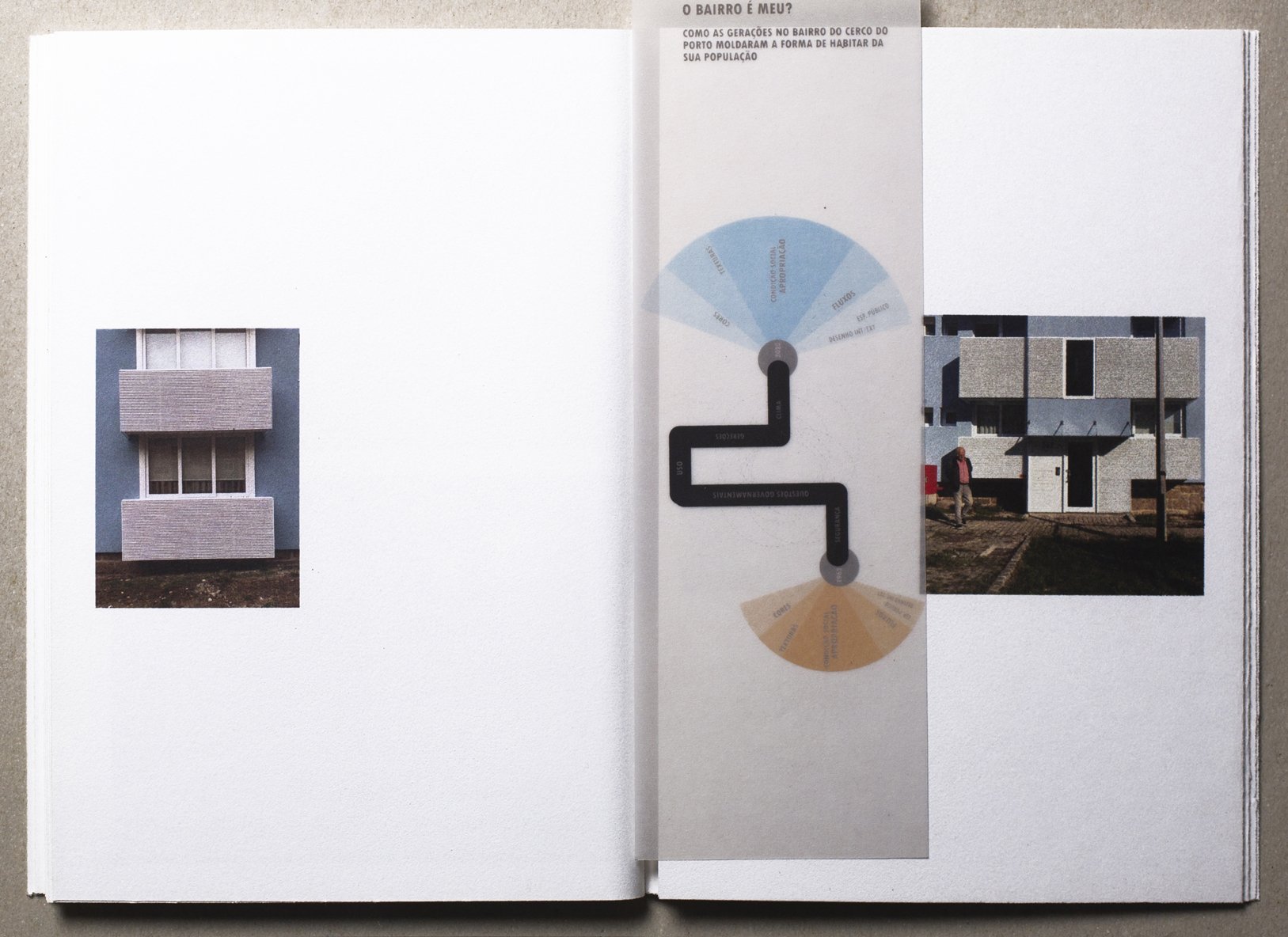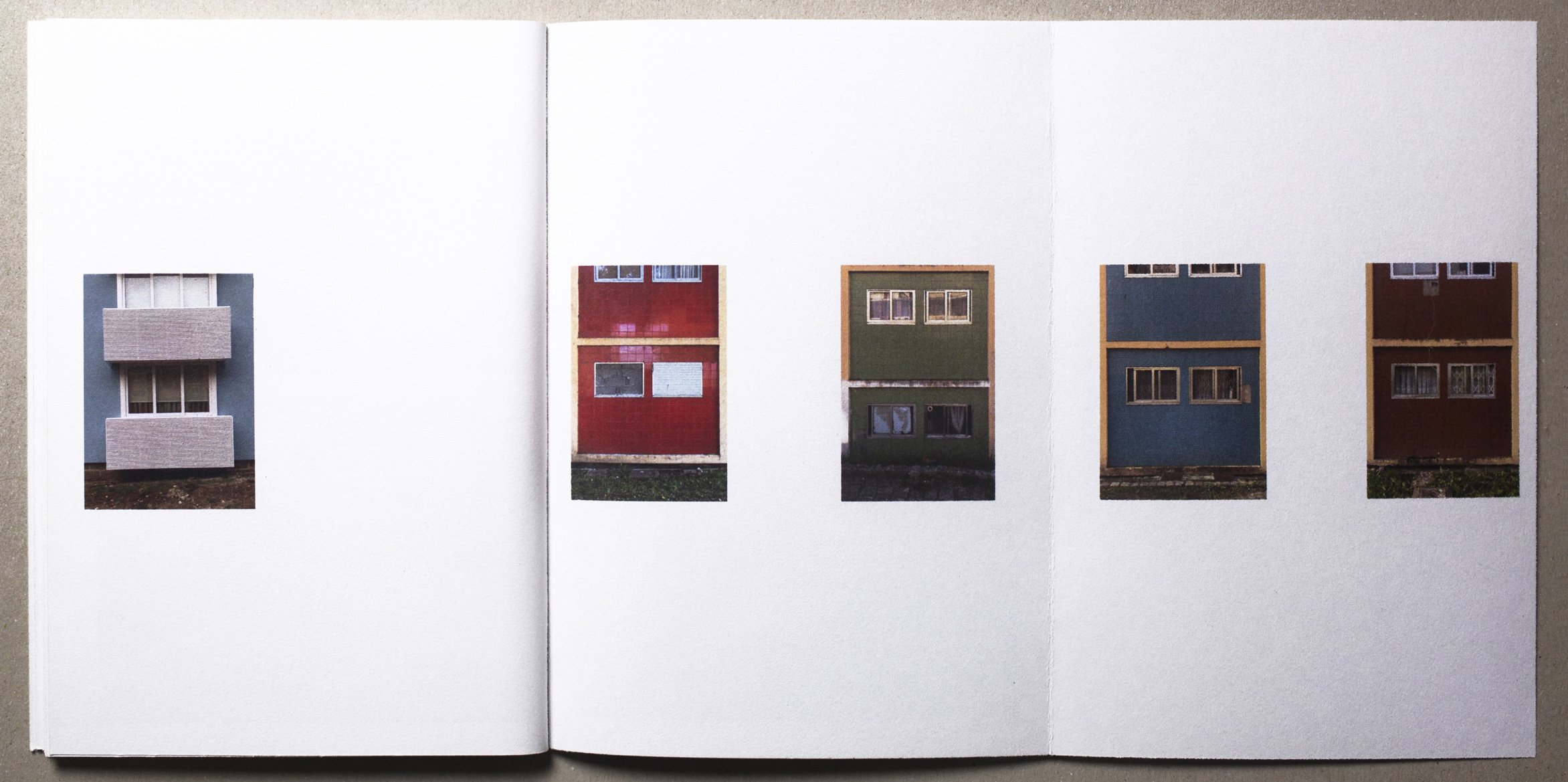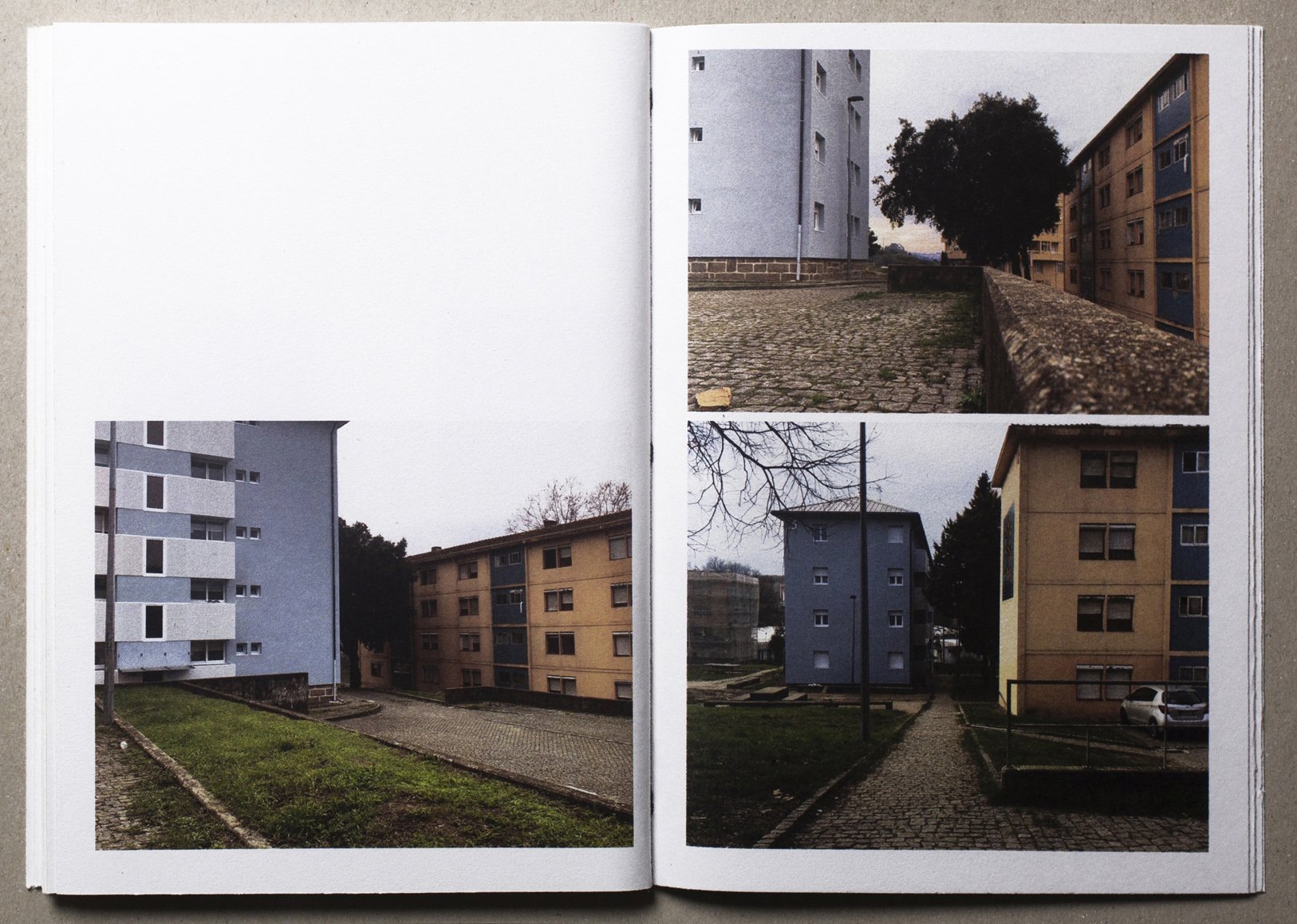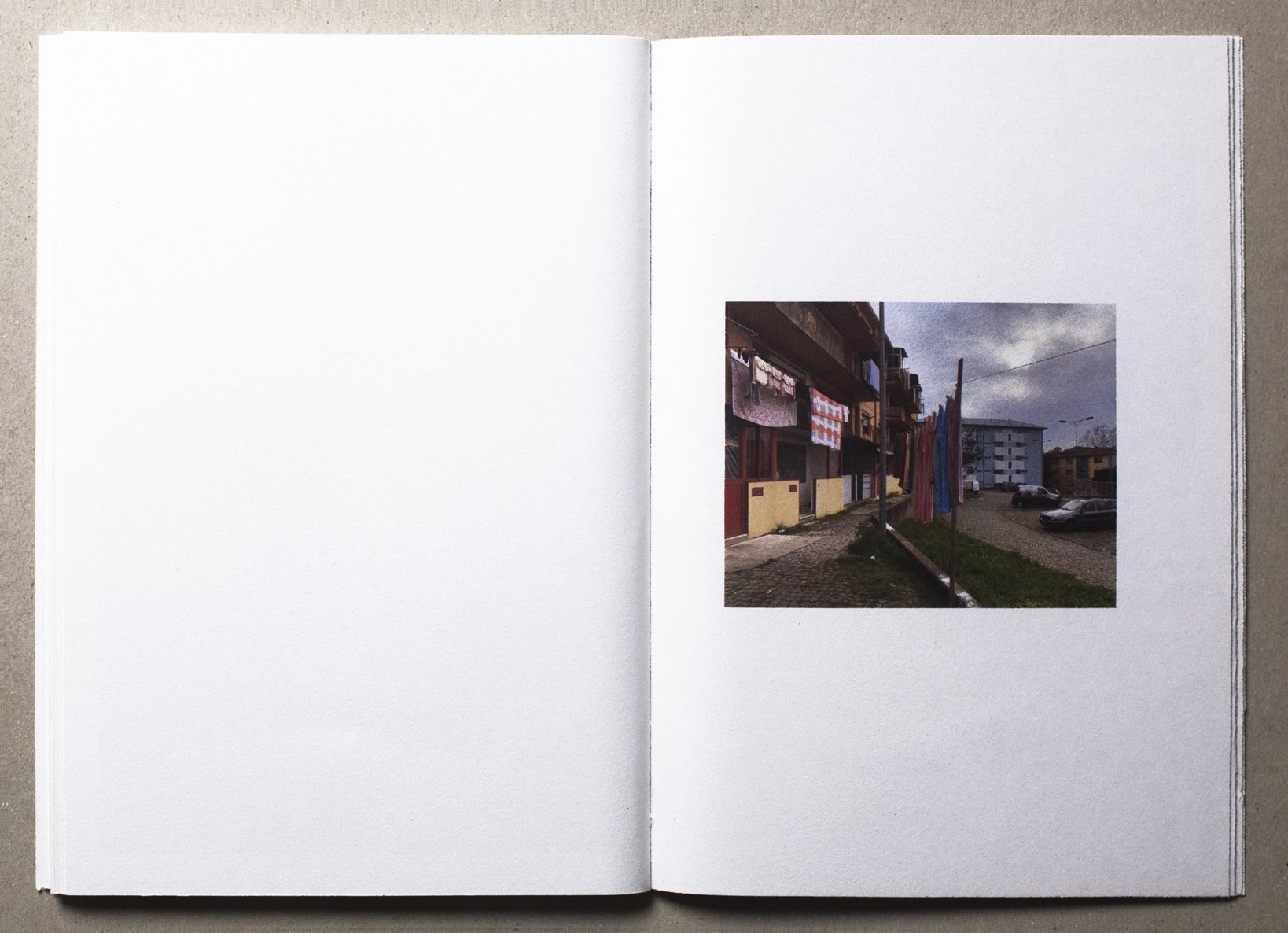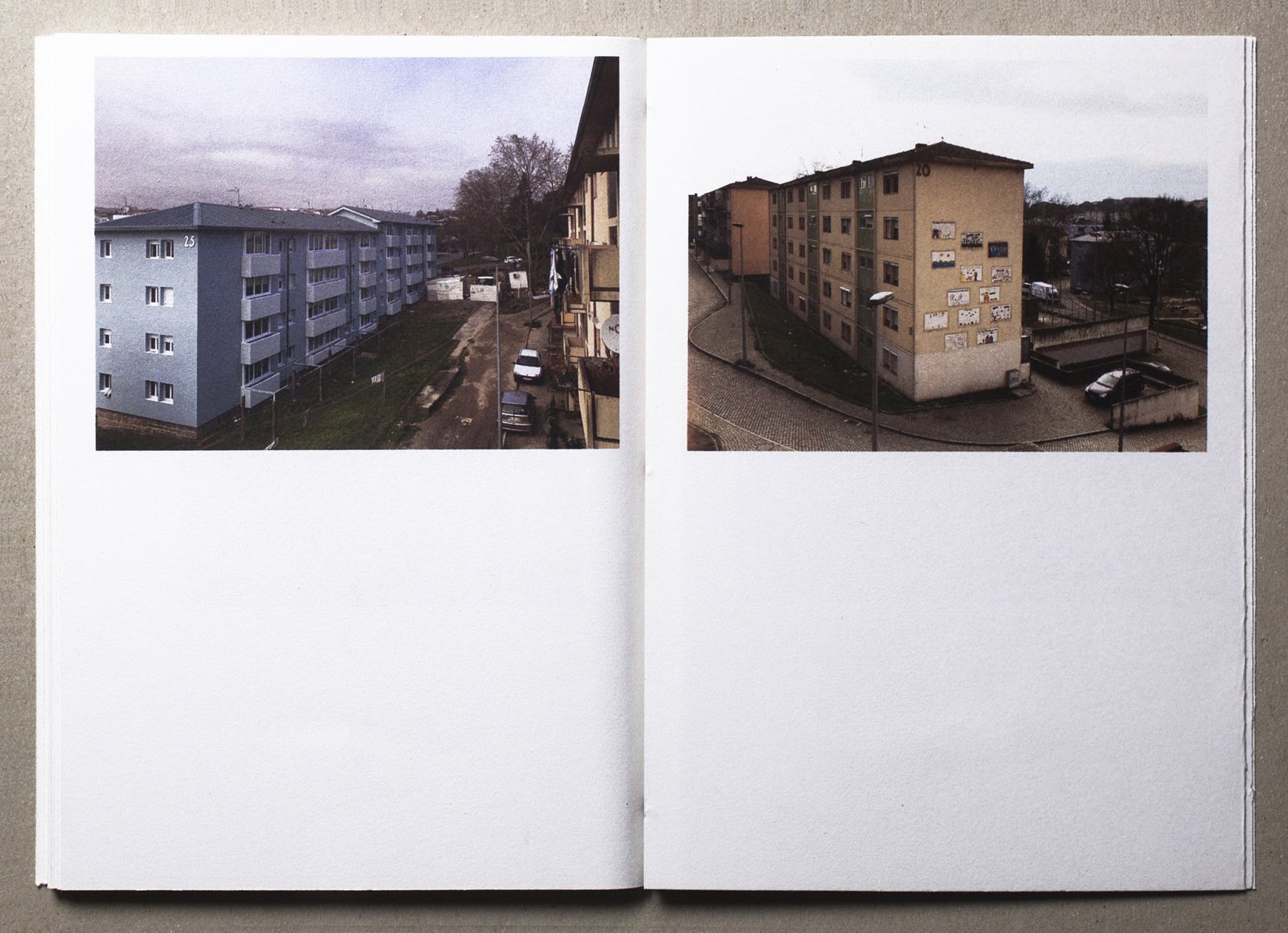IS THE NEIGHBORHOOD MINE? HOW THE GENERATIONS IN THE BAIRRO DO CERCO DE PORTO SHAPED THE WAY OF LIVING OF ITS POPULATION
BY JESS GUITA , MARIA SABINO, NATALIA JUAN DIAZ, STÉPHANIE DIJCK
The choice of the Bairro do Cerco do Porto arises from the desire to explore the architecture and public space of this social neighborhood and how it was appropriated by the people who live in it. We are therefore interested in studying this appropriation of space, as well as the architecture of the neighborhood, trying to visually communicate how both reflect different realities and times of intervention.
In this neighborhood, where the evolution that it has undergone is notorious, it is interesting to capture the contrast between the two versions of the buildings that were built at different times. The first phase, built in the early 60s, and a second phase that continues to be rebuilt until today, consequently generates an impact on the lives of the several generations that live in this neighborhood.
This contrast is perceived not only in the difference in the versions of the buildings, but in the way of living and appropriating the place. The first moment of Bairro do Cerco is accessible and with warm colors, the community environment was valued, and against that reality its second moment arises, where the buildings close themselves in neutral colors, so that they do not social spaces are promoted. The new colors, new materials, new sensations and new technologies brought to this neighborhood the expectation of a life with more security and better conditions, which ended up not being met.
In the present work, the entrance doors of each building were explored as an identity element of the place and its evolution. The intention of the photographic series is to build a visual narrative that corresponds to a "promenade architecturale" through which we are getting closer and closer to the building, in order to see the impact of life in this space. That is, the appropriation of human beings in their social neighborhood. It is interesting to understand, as we truly enter the neighborhood, how the space belongs to its occupants so that later, in a broader and more distant view, it is possible to identify these human marks, which at first glance would go unnoticed.

